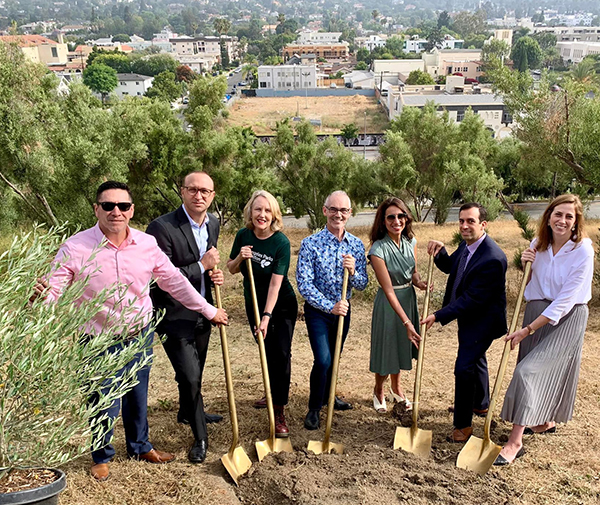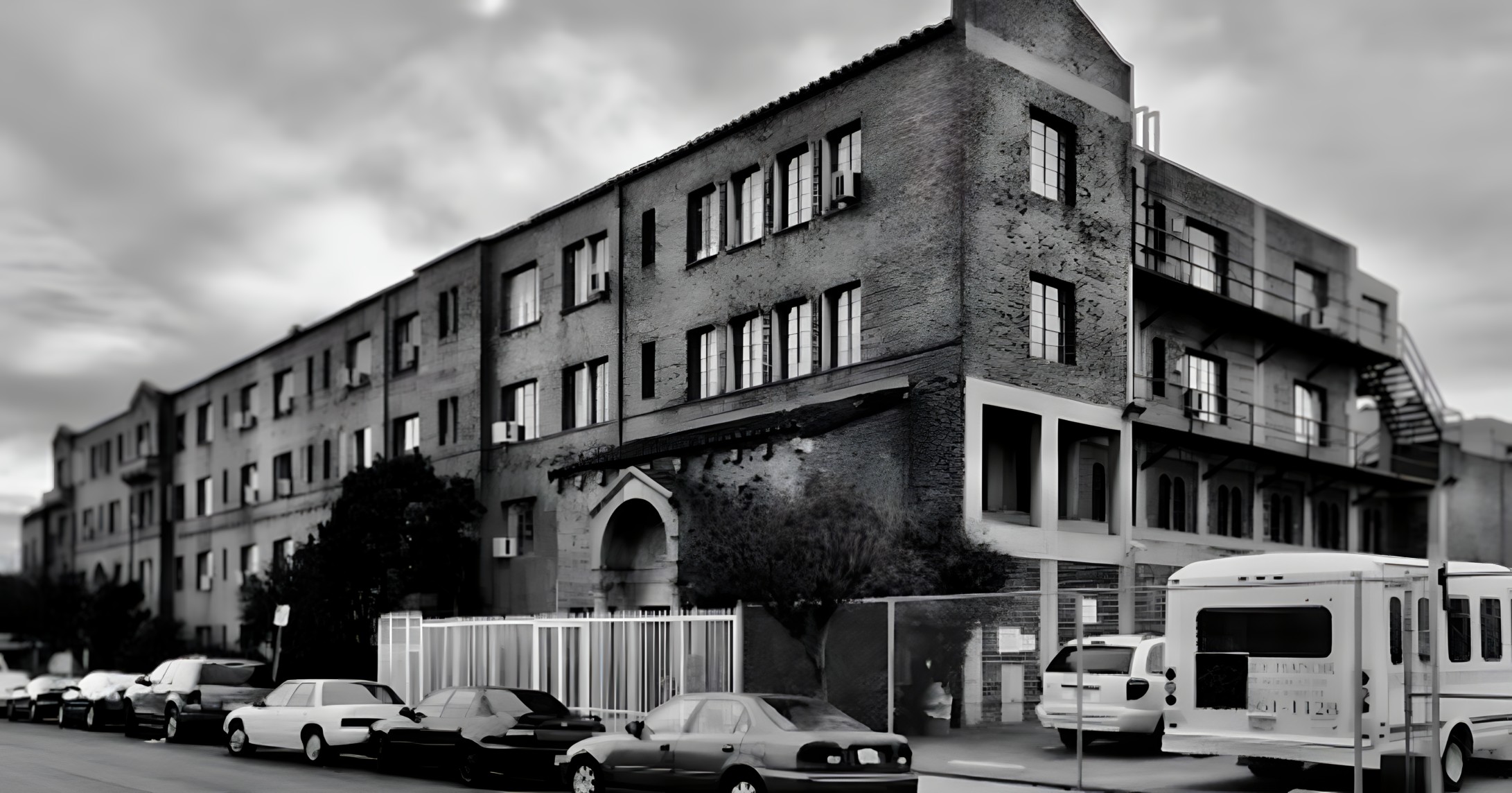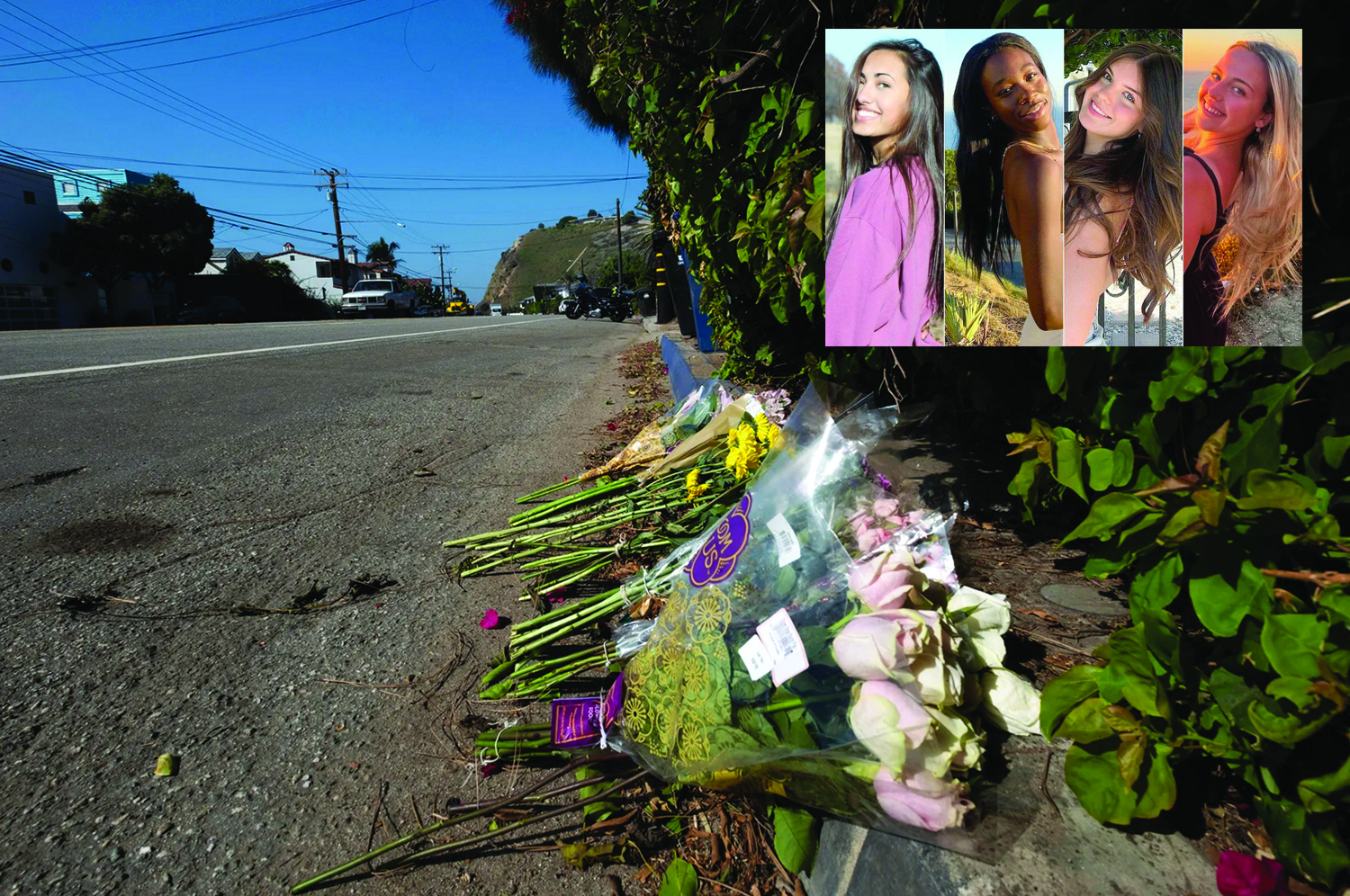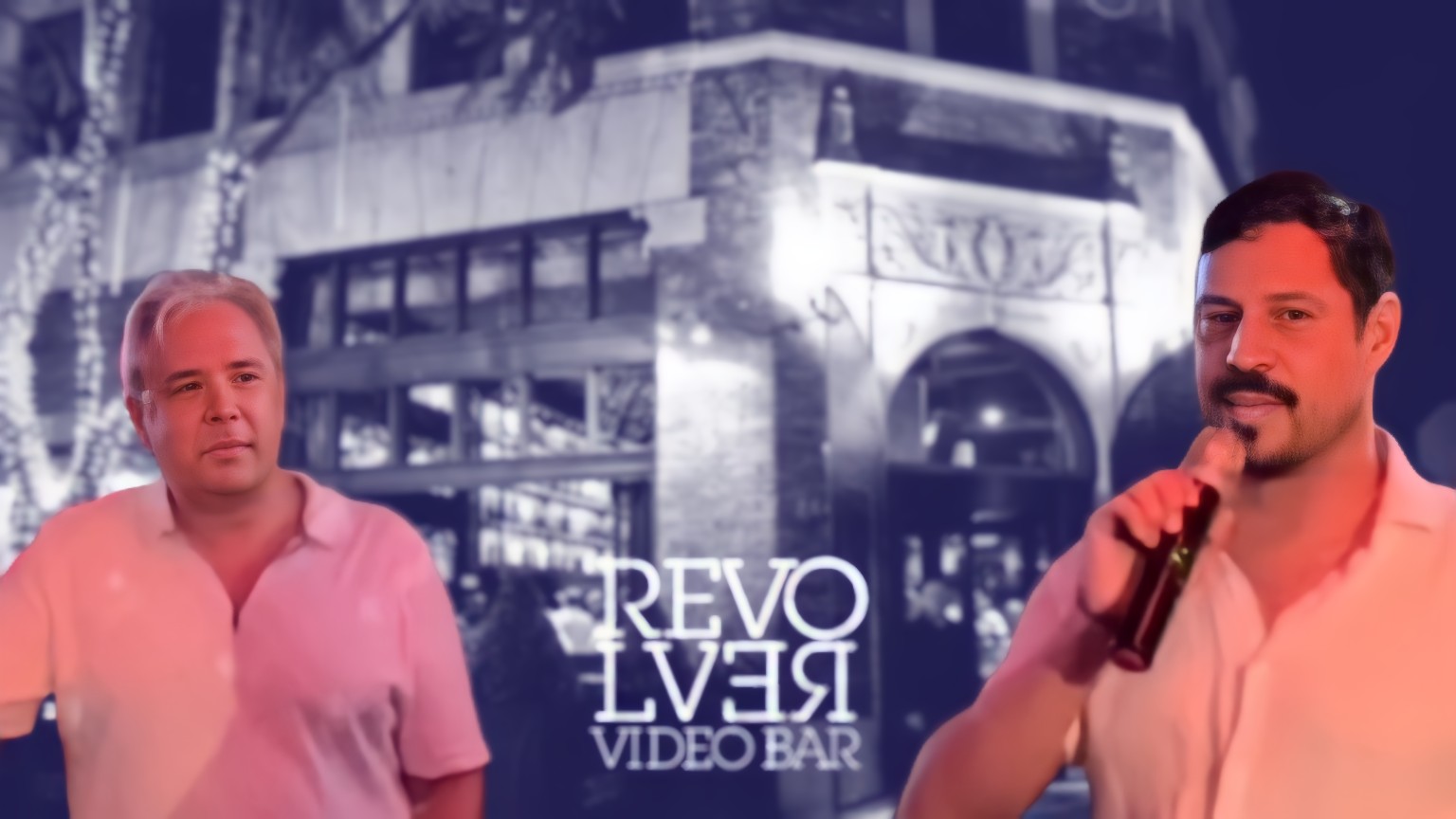Wave Wire Services
LOS ANGELES — Forty olive trees were planted in Barnsdall Park June 16 as part of an effort to restore the park’s historic olive grove.
The 11.5-acre East Hollywood park includes the city’s only UNESCO World Heritage Site, Frank Lloyd Wright’s Hollyhock House, which was built in 1921. The property, then-known as “Olive Hill,” held about 1,225 olive trees and was used as a commercial orchard before being purchased by philanthropist and oil heiress Alina Barnsdall.
In honor of the 100th anniversary of the house’s completion, the Barnsdall Art Park Foundation created a fundraising campaign to restore the historic olive grove in support of the city’s efforts to conserve and improve the park’s landscape, infrastructure, public programs and exhibitions.
“Restoring the entire campus is important and the olive grove is part and parcel of the importance of this incredible cultural landmark that is Barnsdall Park,” said Councilman Mitch O’Farrell, who represents East Hollywood.
He added that “planting more trees really helps carbon capture, and it breathes oxygen into the air that we need,” noting that the East Hollywood area “really needs more greenery and more green space.”
The Barnsdall Art Park Foundation contributed $25,000 to L.A.’s Adopt-a-Park program to pay for a survey and analysis of the existing olive grove, the necessary care for the park’s 463 olive trees and the development of a strategy to plant new olive trees in the park. The foundation also raised money for the planting of the additional olive trees through the Los Angeles Park Forest Program, an initiative to add trees to city parks to cool surface air temperatures, reduce carbon and educate the public about climate change.
Carolyn Ramsay, executive director of the Los Angeles Parks Foundation, said the initiative to add olive trees in Barnsdall is the 11th project through the Park Forest Program. The goal is to plant 100 park forests throughout the city by 2030.
“We’re planting 40 olive trees today to fill in the gaps in the original olive grove that has been here since the 1890s,” Ramsay said. “So this is a spectacular project for us, for the people of Los Angeles, and it’s going to just provide so many benefits to Hollywood. We’re right in the middle of a very dense urban area and these trees are going to be a benefit for generations to come,” Ramsay said.
Barnsdall commissioned Frank Lloyd Wright to build her home and a theatrical arts complex. Wright preserved the olive grove and incorporated it into his plans, but after Barnsdall’s death in 1946, the property was subdivided into separate residential and commercial parcels. By 1992, only 90 olive trees were preserved.
Abbey Chamberlain Brach, Hollyhock House curator for the Department of Cultural Affairs, said the olive grove inspired Wright and Barnsdall.
“The architecture is responsive to the landscape, it’s engaged with it,” Brach said. “Wright designed its structures to be nestled within the historic olive grove and it frames views as the original roadways weave their ways through the landscape.”












